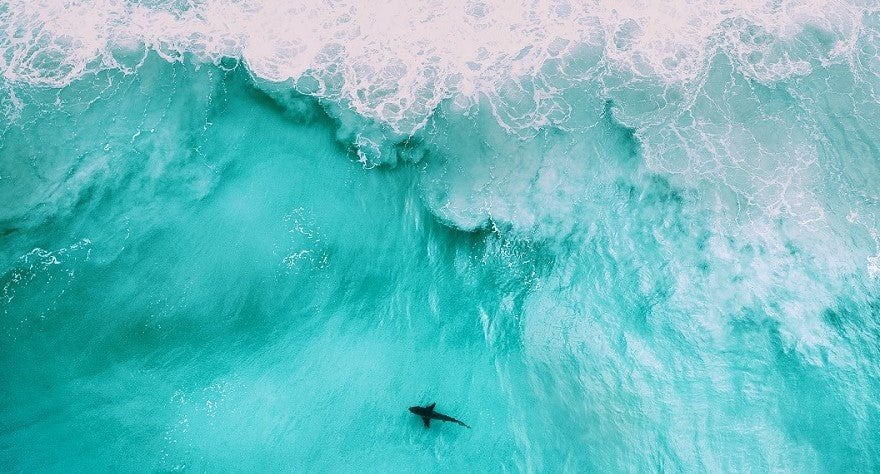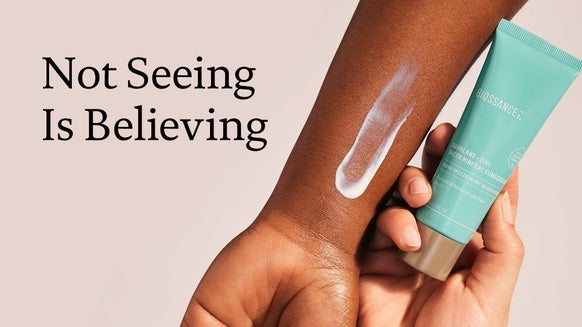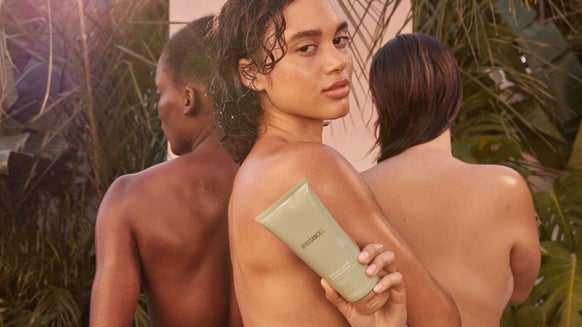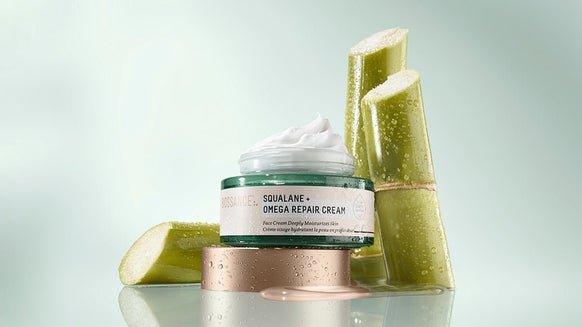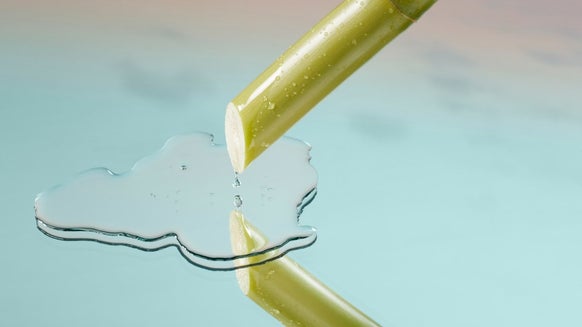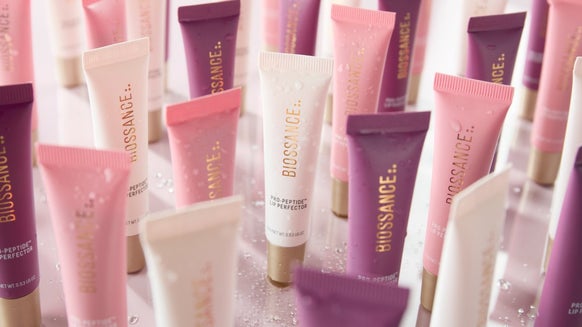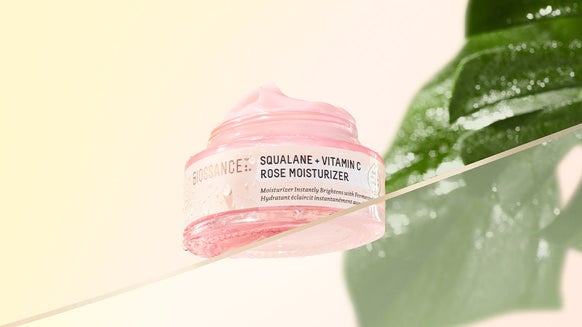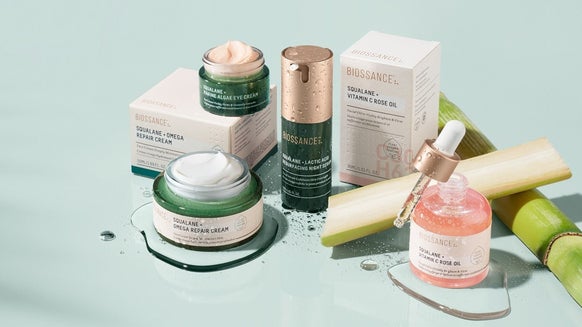This World Ocean Month, we’re not only celebrating our seas and their inhabitants, we’re taking stock of our own personal habits to make sure we’re doing our personal best to help heal and protect our oceans.According to the World Wildlife Fund, roughly 50 percent of marine life populations have disappeared since 1970. While the wide-ranging reasons include overfishing, climate change, and habitat destruction, these problems are not insurmountable. If we work together, we can restore our oceans to their previous abundance. Here are five ways you can aid in this crucial work.
1. Donate to Oceana
As the world’s largest international advocacy group focused solely on ocean conservation, Oceana is working to protect sensitive habitats and help restore our oceans’ biodiversity and abundance, including achieving a landmark ban on shark finning in US waters.
Our mission of clean beauty through biotechnology beautifully compliments Oceana’s important work, and we’re proud to support them as an official partner. You can join us in supporting Oceana by adding a roundup donation when shopping at Biossance.com, or purchasing one of our limited edition product collaborations such as our limited edition Jumbo 100% Squalane Oil and Hydration on Deck Set featuring our award-winning Omega Repair Cream and Copper Peptide Rapid Plumping Serum.
We donate 5% of the sales from these limited edition products to support Oceana's work to protect our oceans.2. Advocate for Change
Standing on the sidelines won’t help us reverse climate change or clean up our oceans. Check out Oceana’s Take Action page to join them in pressing lawmakers to act on some of the most challenging issues facing our oceans, and write to your congressional representative to voice your concerns. All of these efforts are even more difficult, however, if we don’t have people in government who are dedicated towards protecting our oceans. Get out and vote for politicians on every level who share your commitment to ocean conservation.
3. Reduce Waste
According to UNESCO, plastics make up about 80 percent of ocean pollution, with 8 to 10 million metric tons ending up in the ocean every year. Not only do these plastics release toxins into the water as they slowly degrade, they create a direct threat to sea life through ingestion, entanglement, suffocation, lacerations, and other life-threatening injuries.
The best way to reduce ocean plastics is to simply use less plastic, which is why we use glass packaging wherever possible. When you do receive a plastic container, do your best to re-use it as opposed to recycling it. While most of us do our best to dutifully take our blue bins to the curb every week, only about 5 percent of those plastics are actually recycled in the US.
Sephora is trying to help increase those numbers with its Beauty (Re) Purposed program. They’ve partnered with Pact, a non-profit collective aimed at giving empties a second life, to help make beauty and wellness packaging more sustainable. To participate, follow their drop-off guide to learn which containers they’ll take and how to prepare them, then place the cleaned containers in the Pact bin at your local Sephora.
4. Use Less Water
While most of us understand that conserving water is a crucial way to maintain supplies during a drought, wastewater is also a huge threat to our oceans. Wastewater transports pathogens, nutrients, contaminants, and solids into our ocean that can cause coral bleaching, disease, and even death to marine inhabitants. Using less water can help reduce the among of runoff and sewage wastewater that ends up in our oceans.
5. Choose Sustainable Seafood
Despite global efforts to the contrary, we continue to decimate marine life by overfishing. If we continue at the current rate, it’s projected that global fisheries will collapse by 2048. You can help prevent this by urging lawmakers to help protect and restore key habitat areas, advocate to protect marine predators such as sharks to help restore biodiversity, and by only consuming sustainable seafood.
How do you know whether your seafood is sustainable? Consult the Monterey Bay Aquarium’s Seafood Watch to learn more about which species are okay to eat and how to select fish that are caught using sustainable fishing methods.
